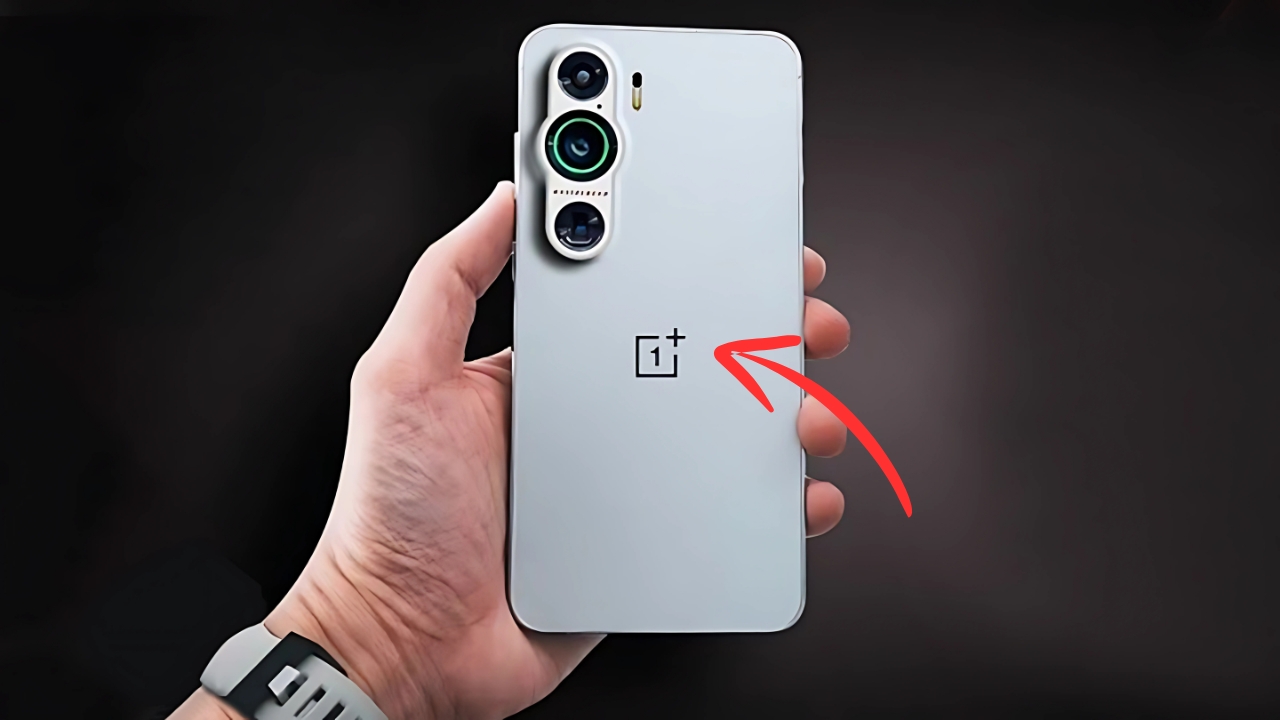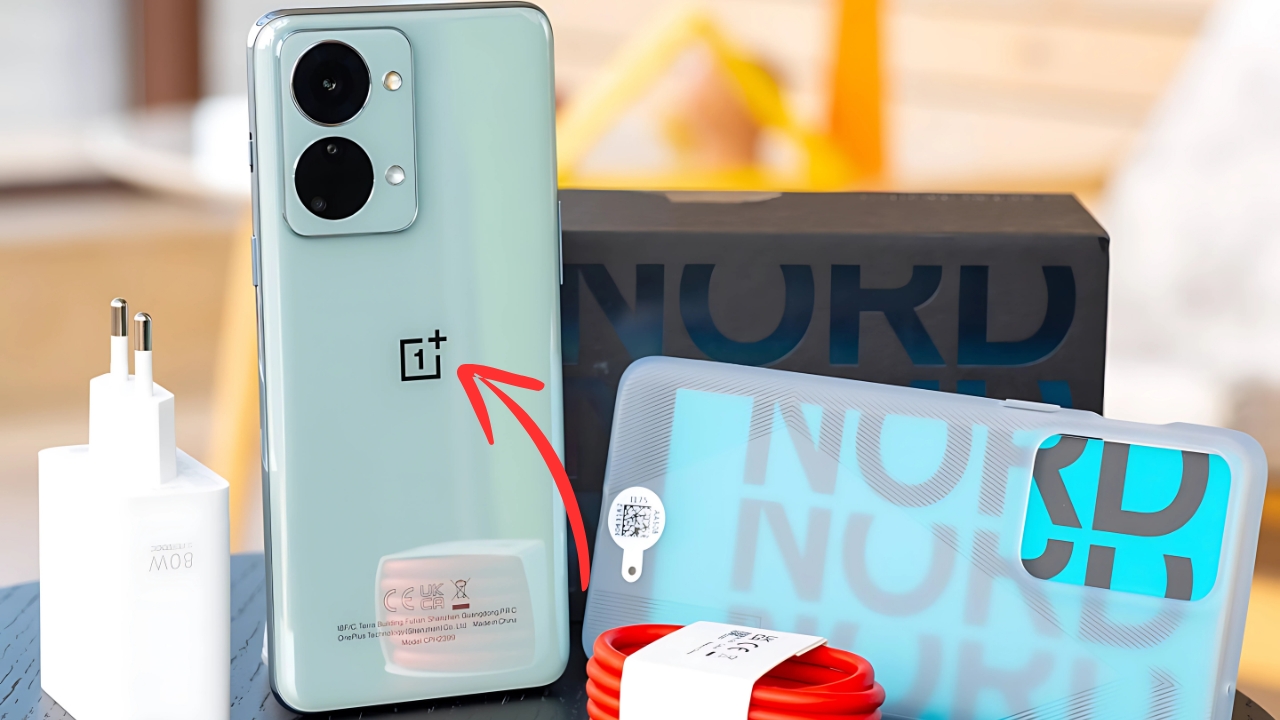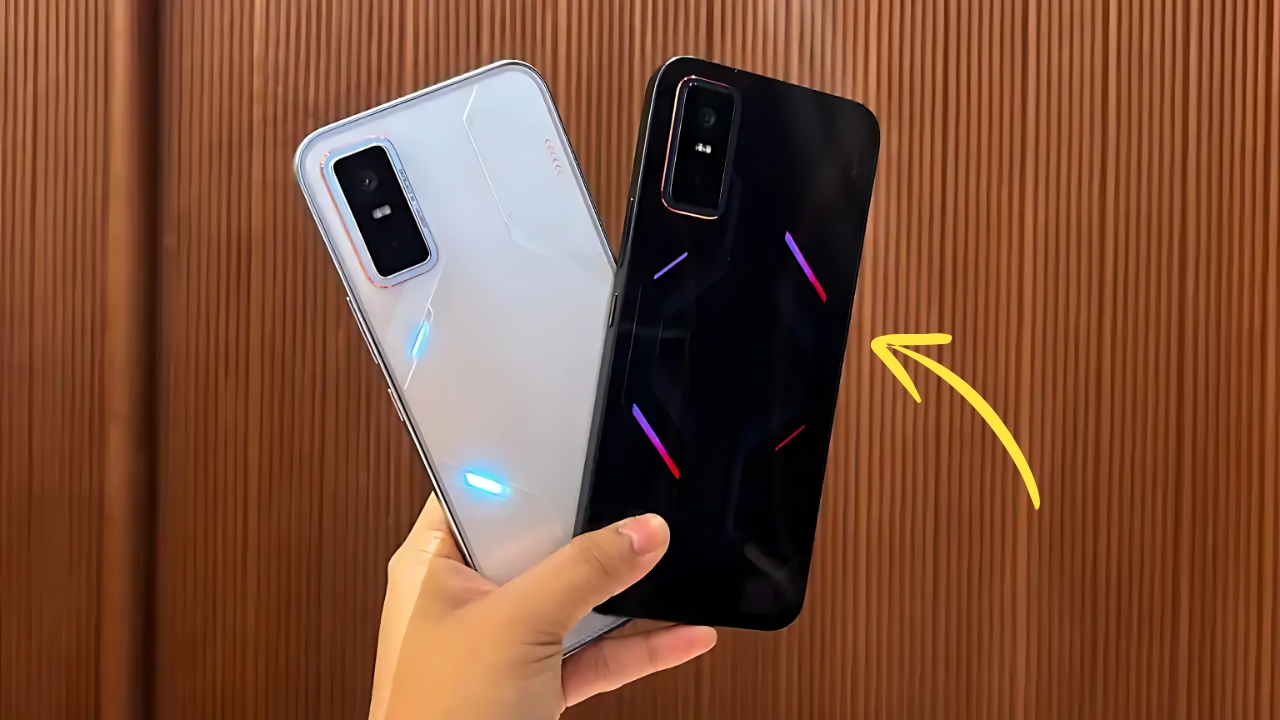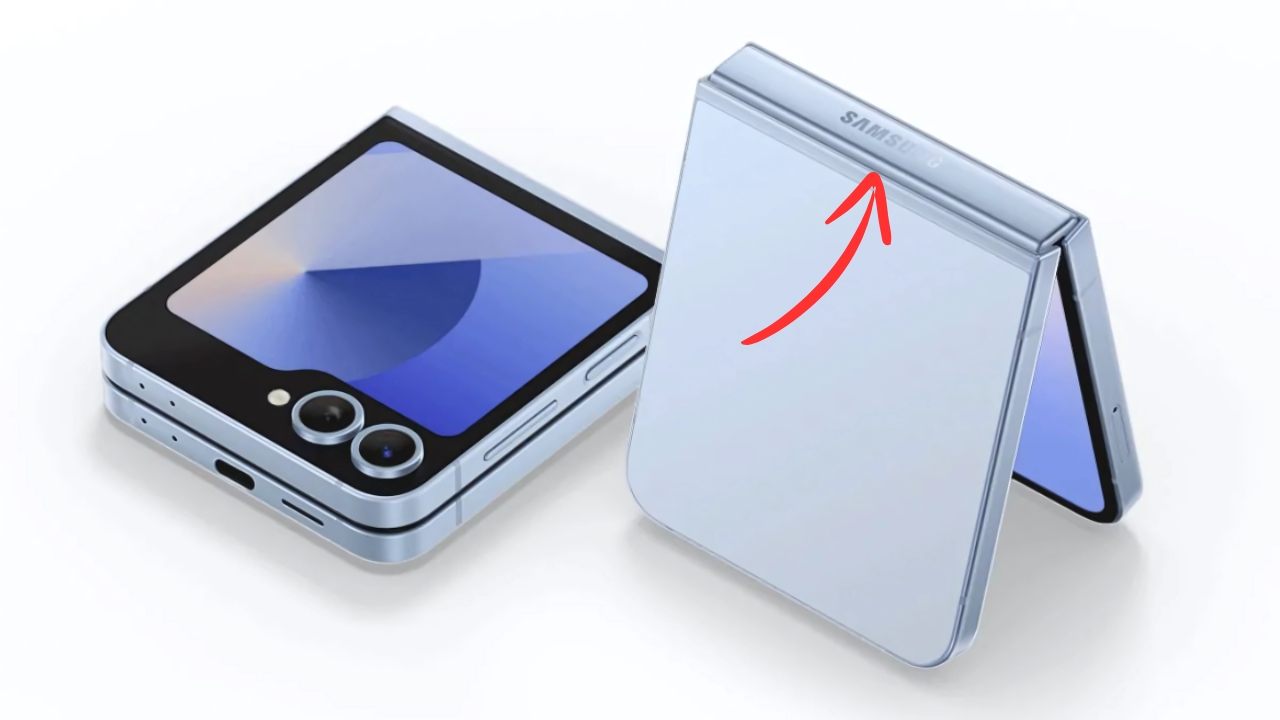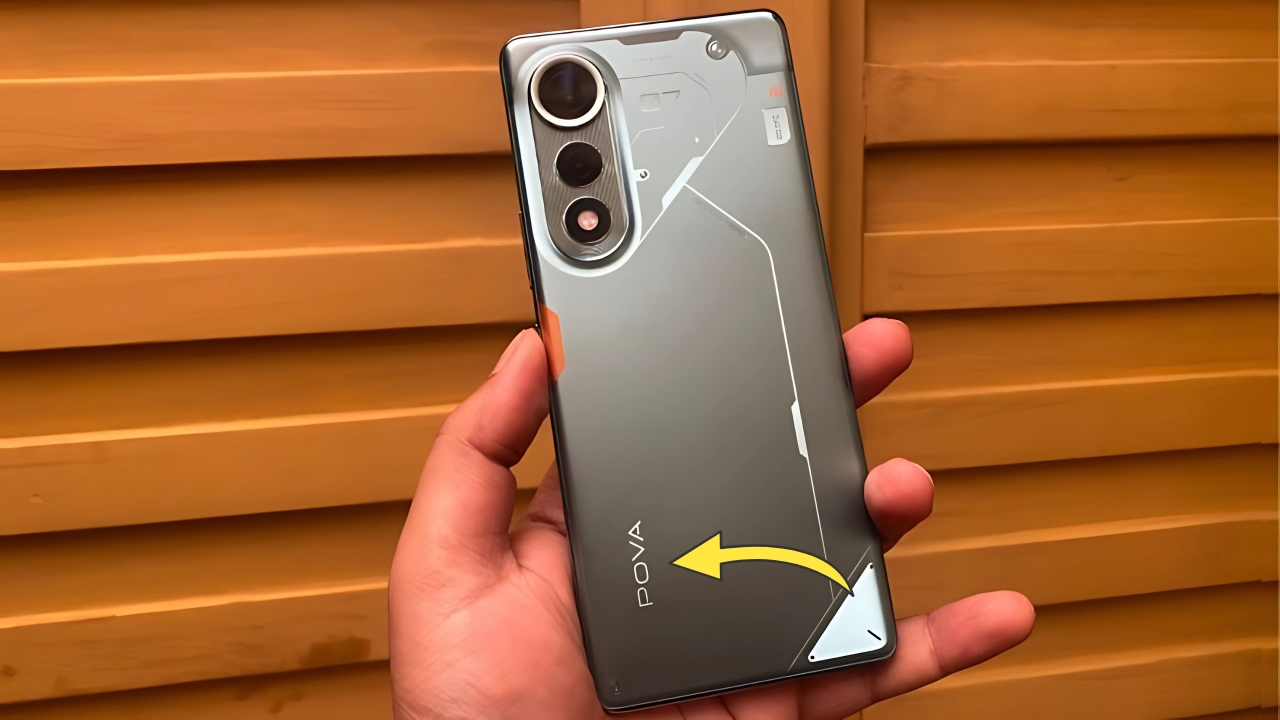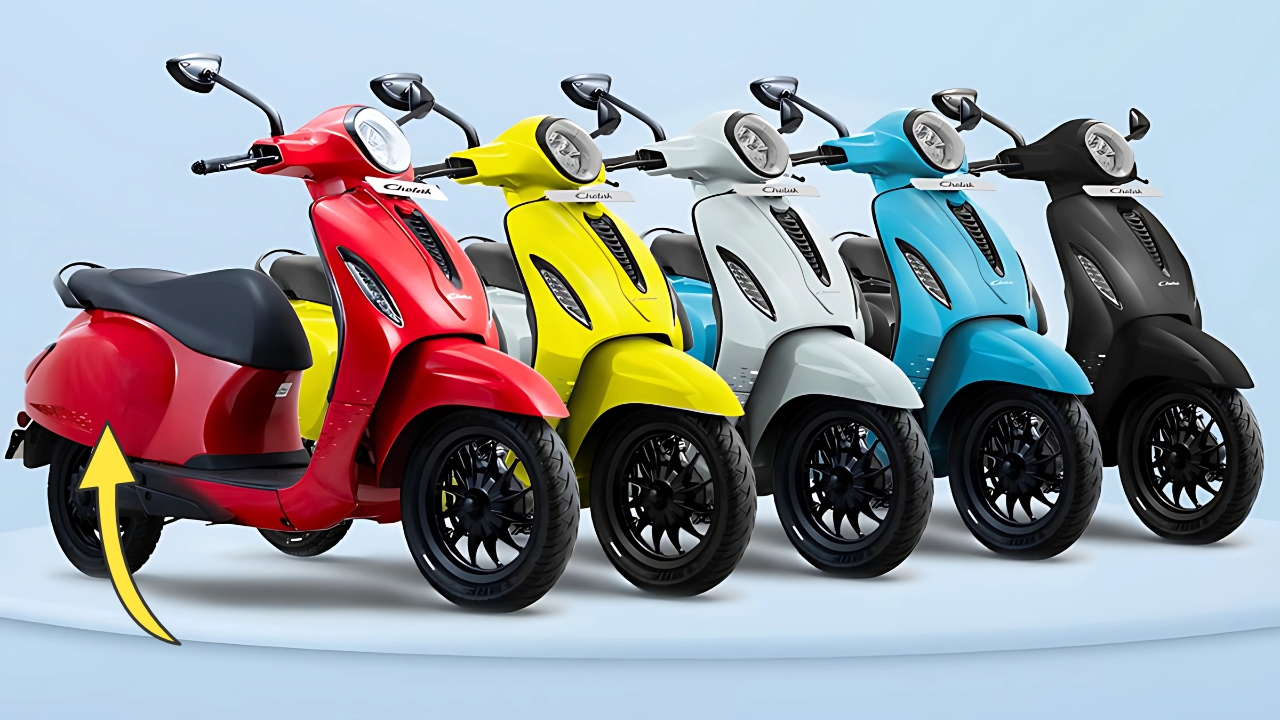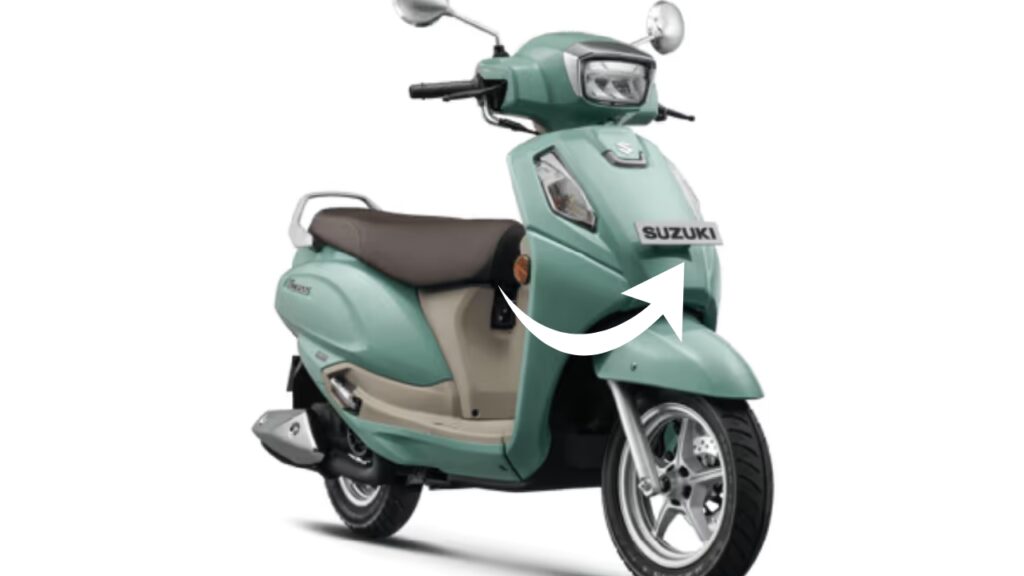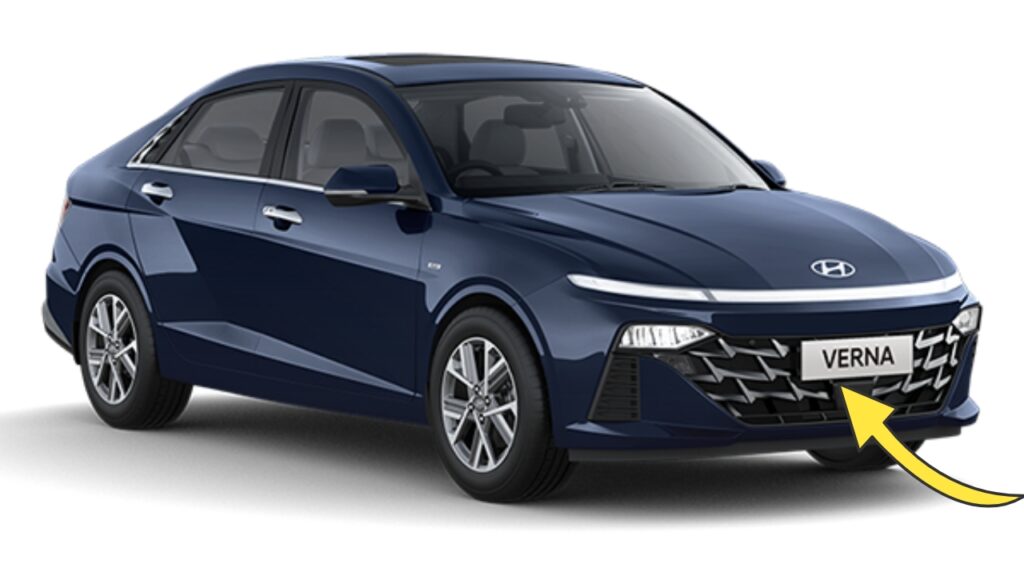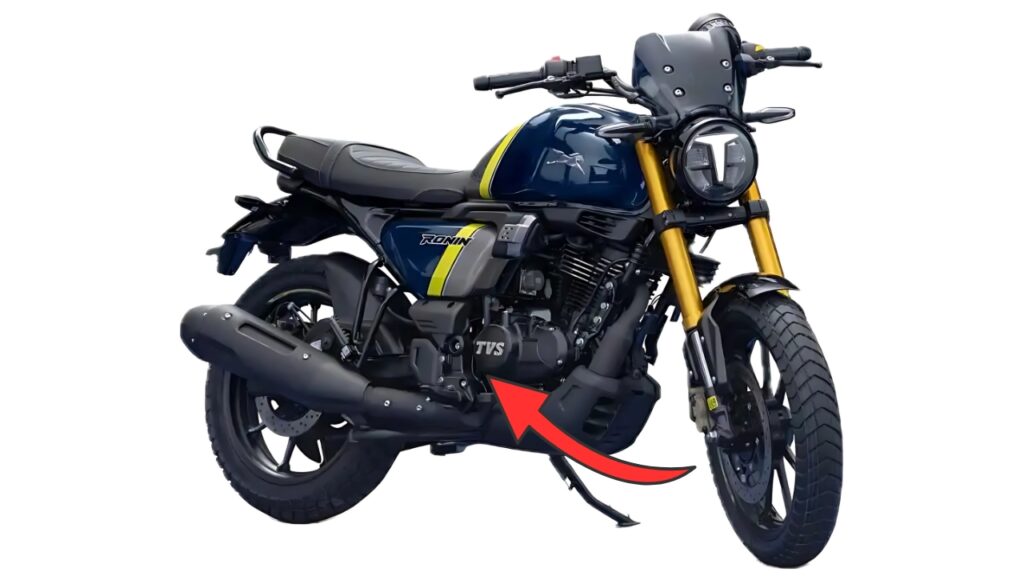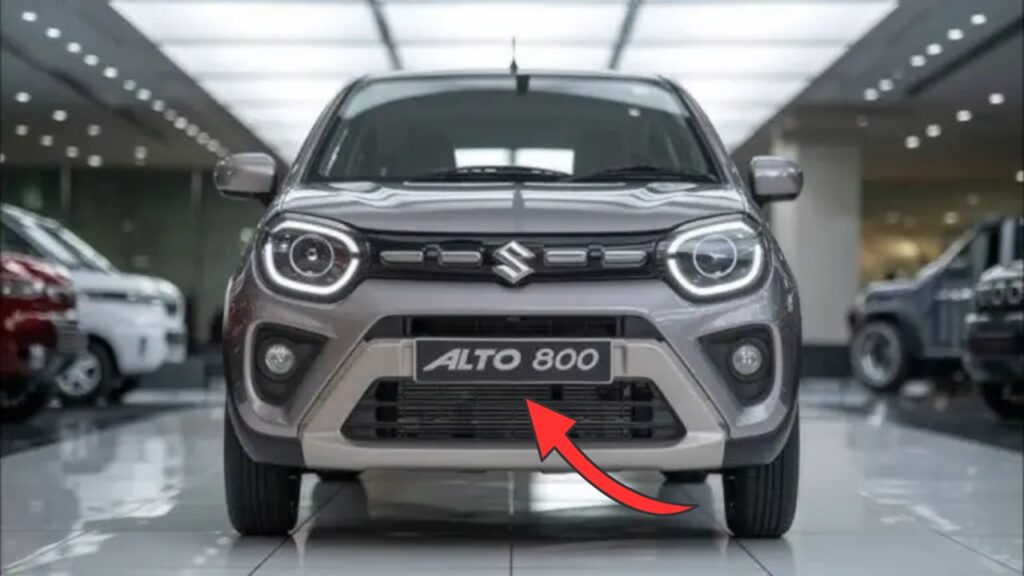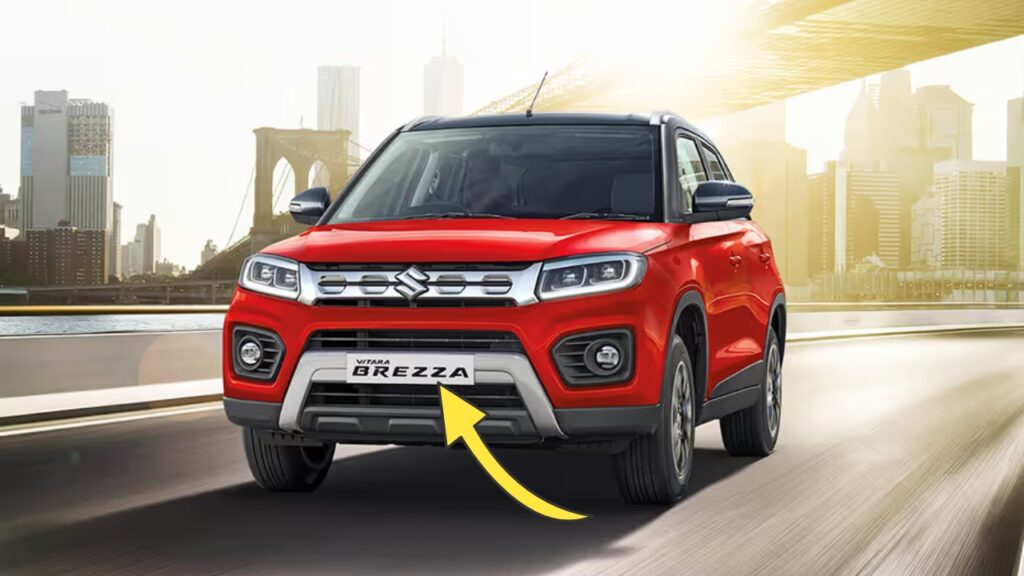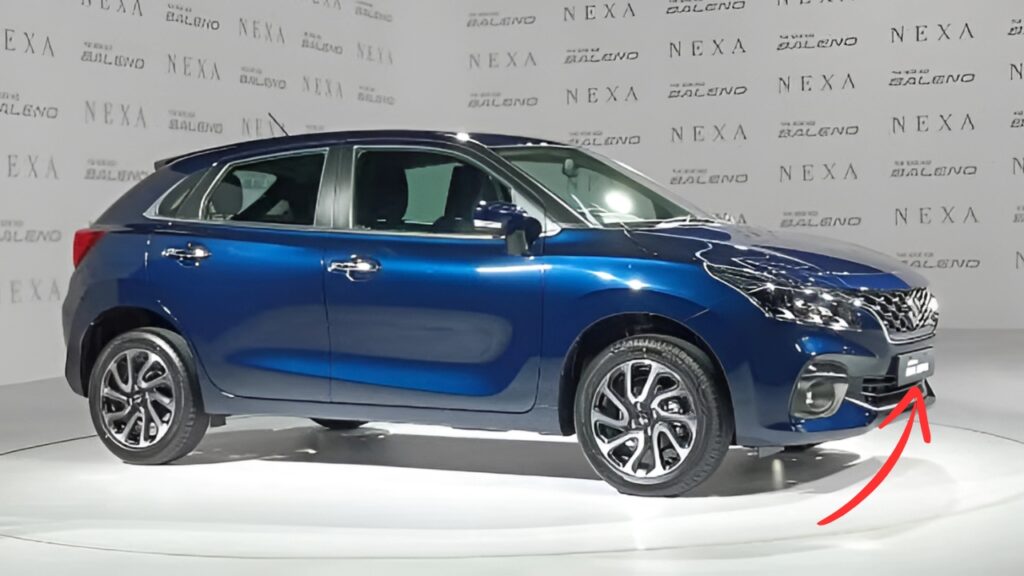Motorola Razr 60: In the rapidly evolving landscape of foldable smartphones, finding the delicate balance between nostalgic appeal and forward-thinking innovation presents a formidable challenge.
The Motorola Razr 60 enters this specialized arena with the weight of iconic heritage on its shoulders, yet manages to carve its own identity through thoughtful refinement and practical enhancements.
This comprehensive review explores how this latest iteration of the reborn Razr nameplate evolves the flip phone concept for contemporary users while addressing the limitations that have historically constrained widespread adoption of foldable devices.
Motorola Razr 60: Design Philosophy: Refined Nostalgia Meets Modern Sensibilities
The Razr 60 immediately evokes the emotional connection to the original RAZR V3 that dominated the mid-2000s mobile landscape, yet its execution feels thoroughly contemporary.
At 15.8mm when folded (significantly thinner than previous Razr foldables) and 188g, the device strikes an impressive balance between pocketability and substantial feel.
The device unfolds to a svelte 7.2mm—comparable to many standard flagship smartphones despite housing the complex hinge mechanism.
Available in Sage Green, Midnight Blue, and Cherry Blossom, the color options demonstrate restraint while offering enough personality to stand apart from the sea of indistinguishable rectangular slabs.
The matte glass back panel with subtle texture provides both visual interest and practical grip, while resisting fingerprints admirably compared to glossier alternatives.
The hinge mechanism deserves particular attention, as it represents significant evolution from earlier Razr models.
The refined “teardrop” design allows the display to fold with minimal visible crease while maintaining structural integrity through an expected 200,000 folding cycles.
Most impressive is the ability to hold position at various angles between 30° and 150°, enabling “Flex View” functionality for everything from hands-free video calls to tabletop photography.
Perhaps most notable is the expanded external display, which transforms what was once a mere notification window into a genuinely useful secondary interface.
This thoughtful expansion of functionality significantly reduces the need to open the device for routine tasks—a practical enhancement that addresses one of the primary inconveniences of the flip form factor.
External Display: From Accessory to Essential Feature
The 3.6-inch pOLED external display (expanding significantly from previous generations) fundamentally transforms the usage paradigm of the Razr 60.
At 1066×1056 resolution with 413 PPI density and 120Hz refresh rate, this panel delivers visual quality comparable to main displays from just a few years ago, enabling complex interactions without opening the device.
The “Quick View” interface offers access to frequently used applications optimized for the compact dimensions, including messaging, calendar, weather, music controls, and basic camera functions.
Most impressive is the full keyboard implementation that enables message composition and quick email responses without unfolding—a seemingly small feature that dramatically enhances real-world convenience.
Particularly noteworthy is the thoughtful integration with Google’s ecosystem, allowing widgets and notifications to maintain consistent appearance and functionality between the external and main displays.
Third-party app support continues to expand, with major platforms like WhatsApp, Spotify, and Google Maps offering optimized external display experiences that balance information density with usability.
The ambient display functionality maintains essential awareness with minimal battery impact, displaying time, date, and notification icons when the phone is at rest.
The display’s vibrant colors and excellent outdoor visibility (reaching 1100 nits peak brightness) ensure practical usability across varying environmental conditions—essential for a screen intended to reduce the frequency of accessing the main display.
Main Display: Immersive Experience Without Compromise
Unfolding the Razr 60 reveals a 6.9-inch pOLED main display that immediately impresses with its expansive feel and minimal visual interruption.
The 2640×1080 resolution (Full HD+) strikes a sensible balance between clarity and power efficiency, while the 165Hz refresh rate provides exceptional smoothness for supported content.
Color reproduction stands out for its accuracy and vibrancy, covering 100% of the DCI-P3 color gamut with HDR10+ certification that enhances compatible streaming content.
Peak brightness of 1400 nits ensures comfortable outdoor visibility—addressing a historical limitation of foldable displays that often sacrificed brightness for flexibility.
The once-prominent crease has been reduced to a subtle indentation barely perceptible during normal use, visible primarily when viewing dark content at specific angles.
This engineering achievement removes one of the most frequent criticisms of foldable smartphones, delivering an experience increasingly comparable to conventional flagship devices.
Touch response feels immediate and precise, with 360Hz touch sampling rate particularly benefiting gaming applications and text entry.
Palm rejection algorithms have been refined to address the challenges of the elongated aspect ratio, preventing accidental inputs while maintaining responsiveness where intended.
Performance: Balanced Capability for Everyday Excellence
At the heart of the Razr 60 beats the Qualcomm Snapdragon 8s Gen 3 processor—a thoughtful choice that balances performance with thermal and power efficiency considerations particularly important in the constrained foldable form factor.
Paired with 12GB of LPDDR5X RAM and either 256GB or 512GB of UFS 4.0 storage, the device handles everyday tasks with confidence and fluidity.
| Performance Metrics | Motorola Razr 60 | Competitor A | Competitor B |
|---|---|---|---|
| AnTuTu Score | 1,150,000 | 1,220,000 | 1,050,000 |
| Geekbench 6 (Single) | 1,780 | 1,890 | 1,650 |
| Geekbench 6 (Multi) | 4,850 | 5,120 | 4,580 |
| 3DMark Wild Life | 10,300 | 11,200 | 9,600 |
| App Launch Avg. Time | 0.7s | 0.65s | 0.8s |
| Sustained Performance | 89% after 30 minutes | 82% after 30 min | 85% after 30 min |
Day-to-day performance feels consistently smooth, with apps launching promptly and multitasking handled gracefully.
The optimized software contributes significantly to this fluidity, with Motorola’s light touch on Android 15 enhancing rather than complicating the user experience.
Gaming capabilities impress considering the form factor constraints, with titles like Genshin Impact and Call of Duty Mobile running at stable framerates on medium to high settings.
Thermal management proves effective during extended sessions, preventing the uncomfortable heat buildup that plagued earlier generations while maintaining consistent performance.
The “Ready For” platform expands functionality when connected to external displays, delivering a desktop-like experience for productivity applications.
This feature transforms the device from mere communication tool to potential laptop replacement for light computing needs—an increasingly valuable capability as work patterns evolve toward mobility.
Camera System: Competitive Imaging Without Compromise
The Razr 60’s camera system represents significant advancement over previous generations, centered around a thoughtfully curated dual-lens array:
-
50MP main sensor (f/1.7, OIS, 1/1.5″ sensor size)
-
13MP ultrawide lens (f/2.2, 120° FOV)
The primary camera captures impressively detailed shots across various lighting conditions, with the optical image stabilization proving invaluable for reducing blur in challenging scenarios.
Colors appear natural yet vibrant, avoiding the excessive processing that often characterizes smartphone photography.
Low-light performance stands out particularly, with the night mode capturing usable shots even in challenging lighting.
While some noise is inevitable, the intelligent processing preserves details where it matters most while smoothing noise in less critical areas—a balanced approach that prioritizes realistic results over artificial clarity.
The ultrawide lens provides welcome versatility for landscapes and group shots, maintaining reasonable detail and minimal distortion toward the edges.
Color consistency between cameras deserves praise, avoiding the jarring shifts seen in many competing implementations.
Perhaps most interesting is how the form factor enhances photography in ways impossible for conventional smartphones.
The ability to partially fold the device creates a built-in stand for stable long exposures or time-lapses without additional accessories.
The external display enables high-quality selfies using the main camera system—a meaningful advantage over the typically inferior front-facing cameras on conventional devices.
Video capabilities include 4K recording at 60fps with effective electronic stabilization producing smooth footage during movement.
The “Audio Zoom” feature uses directional microphones to enhance sound from subjects being recorded, while wind noise reduction algorithms improve outdoor recording quality.
Battery Life: Endurance That Defies Form Factor Constraints
The 4,200mAh battery capacity—while smaller than many conventional flagships—delivers impressive endurance considering the dual-display configuration.
Most users will comfortably complete a full day of mixed usage, including social media browsing, photography, video streaming, and occasional gaming.
This efficiency stems from thoughtful power management rather than raw capacity, with the external display significantly reducing the need to activate the power-hungry main panel for routine tasks.
The adaptive refresh rate technology further conserves energy by dynamically adjusting between 1Hz and 165Hz based on on-screen content.
When recharging becomes necessary, the included 45W TurboPower adapter refills the battery from empty to 50% in approximately 18 minutes and reaches full capacity in about 55 minutes.
The addition of 15W wireless charging provides convenient alternative recharging options, while 5W reverse wireless charging enables topping up accessories like wireless earbuds in emergency situations.
Battery health features deserve mention, with optimized charging patterns designed to preserve long-term capacity by intelligently slowing charging rates overnight or during extended connections.
This thoughtful approach acknowledges the reality that consumers increasingly keep devices for multiple years, making battery longevity an essential consideration.
Software Experience: Refined Functionality Without Excess
Running a near-stock version of Android 15 with Motorola’s lightweight customizations, the Razr 60 delivers a software experience that enhances rather than complicates daily use.
The interface retains Android’s clean aesthetic while adding thoughtful features specifically designed for the unique form factor.
Motorola promises three major Android updates and four years of security patches—a respectable commitment that ensures longevity beyond immediate purchase.
The company’s track record of timely updates has improved significantly in recent years, addressing historical concerns about software support.
The “Moto Actions” gesture controls provide intuitive shortcuts for common functions, from the double-twist to launch the camera to the karate chop that toggles the flashlight.
These established features gain new context in the foldable form factor, with additional gestures specifically designed for the external display and partially folded states.
Split-screen multitasking feels particularly natural on the tall aspect ratio when unfolded, while the “App Continuity” feature smoothly transitions active applications between the external and main displays when opening or closing the device.
This seamless handoff eliminates the jarring reset or reload that plagued earlier implementations of dual-screen interfaces.
Audio Experience: Surprising Quality from Compact Dimensions
The stereo speaker implementation delivers impressive audio performance despite the space constraints inherent to the foldable design.
Dolby Atmos support enhances spatial awareness during media consumption, while the custom-tuned equalizer settings provide appropriate profiles for different content types.
Call quality excels with three-microphone noise cancellation that effectively isolates voice during conversations even in challenging acoustic environments.
The speakerphone function benefits from the partially folded “Flex View” position, which naturally directs audio toward the user while maintaining stable positioning on flat surfaces.
For private listening, Bluetooth 5.3 connectivity with support for aptX HD, LDAC, and AAC codecs ensures high-quality streaming to compatible headphones.
The absence of a 3.5mm headphone jack reflects industry trends, though the included USB-C to 3.5mm adapter provides compatibility with legacy audio equipment.
Key Takeaways:
-
Refined Form Factor: Significantly thinner profile with improved hinge durability and functionality
-
Expanded External Display: Genuinely useful secondary interface that reduces main screen dependency
-
Immersive Main Display: Minimal crease visibility with flagship-level brightness and refresh rate
-
Balanced Performance: Efficient processor choice that prioritizes consistency over benchmark maximization
-
Versatile Photography: Camera system that leverages the unique form factor advantages
-
All-Day Endurance: Battery life that defies the compact dimensions through efficient power management
-
Thoughtful Software: Clean implementation with features specifically designed for the foldable experience
Motorola Razr 60: Maturation of the Modern Flip Phone
The Motorola Razr 60 represents the most compelling case yet for the flip-style foldable smartphone, addressing historical limitations through thoughtful refinement rather than flashy gimmicks.
By expanding the functionality of the external display, reducing thickness, improving camera capabilities, and maintaining competitive performance, Motorola has created a device that balances nostalgia with practicality for contemporary users.
While the flip form factor remains inherently specialized compared to conventional smartphones, the practical advantages—from pocketability to the built-in stand functionality—offer genuine differentiation beyond mere novelty.
The significantly expanded external display transforms what was once a compromise into a legitimate advantage, enabling efficient interaction without constantly accessing the main panel.
For users seeking a distinctive device that balances modern capabilities with unique form factor advantages, the Razr 60 deserves serious consideration.
It stands as evidence of the foldable category’s maturation from experimental concept to practical alternative—a transformation that may finally bring these innovative devices into the mainstream.

